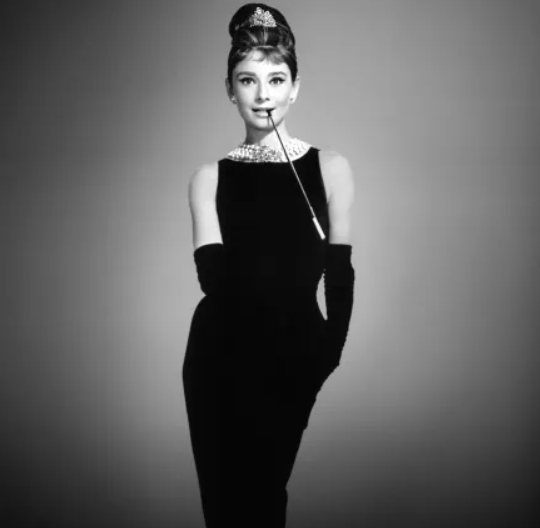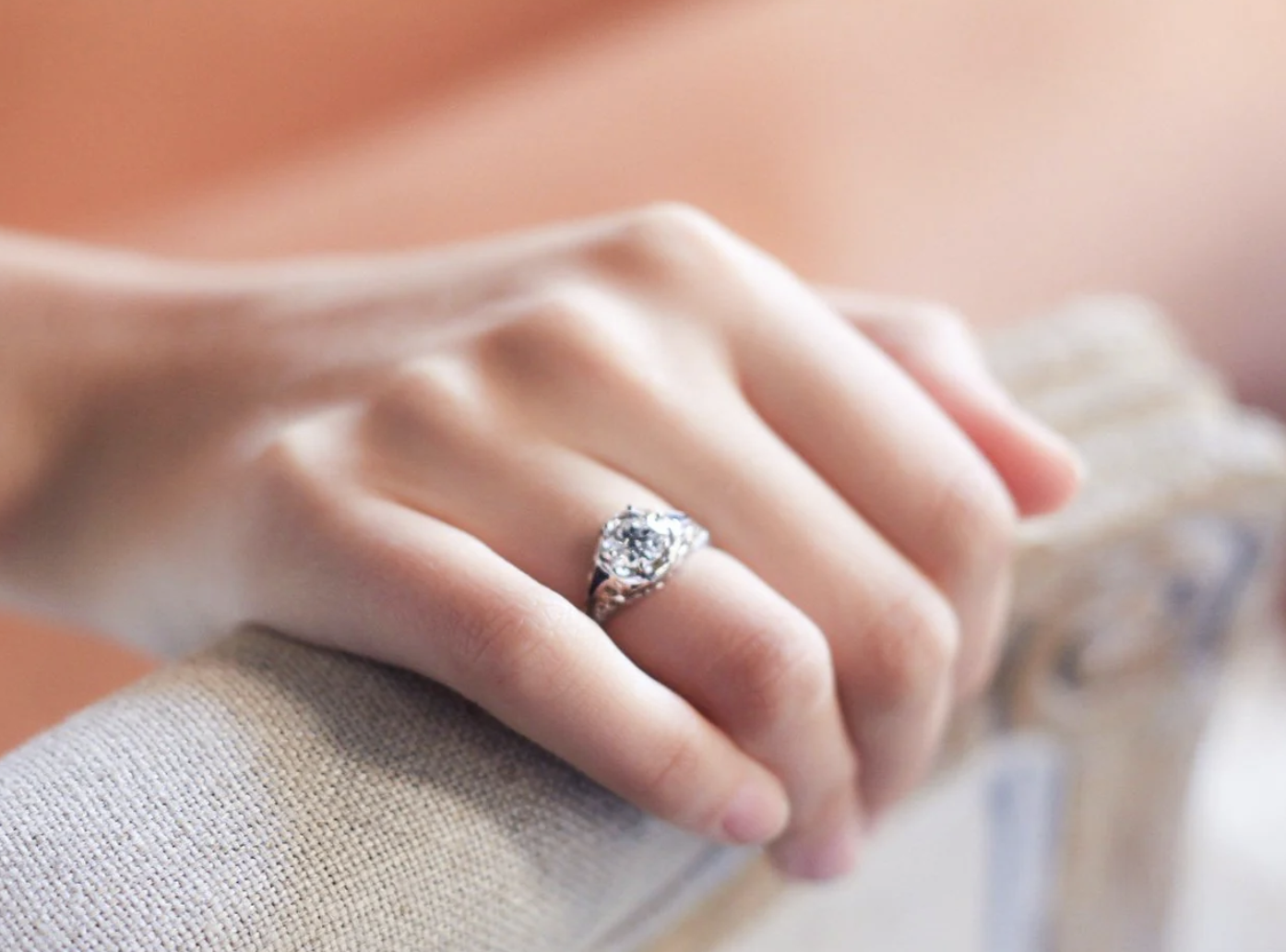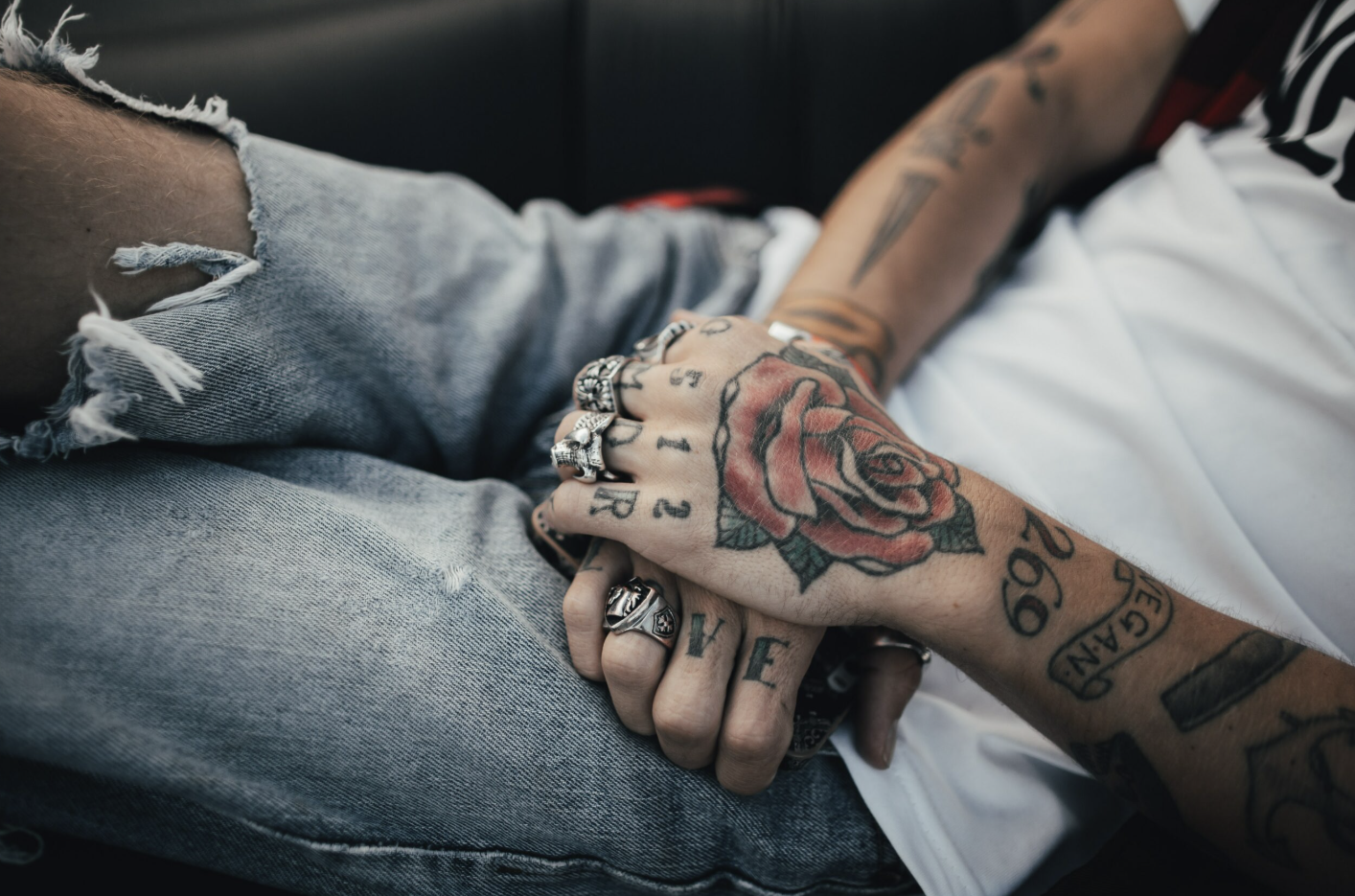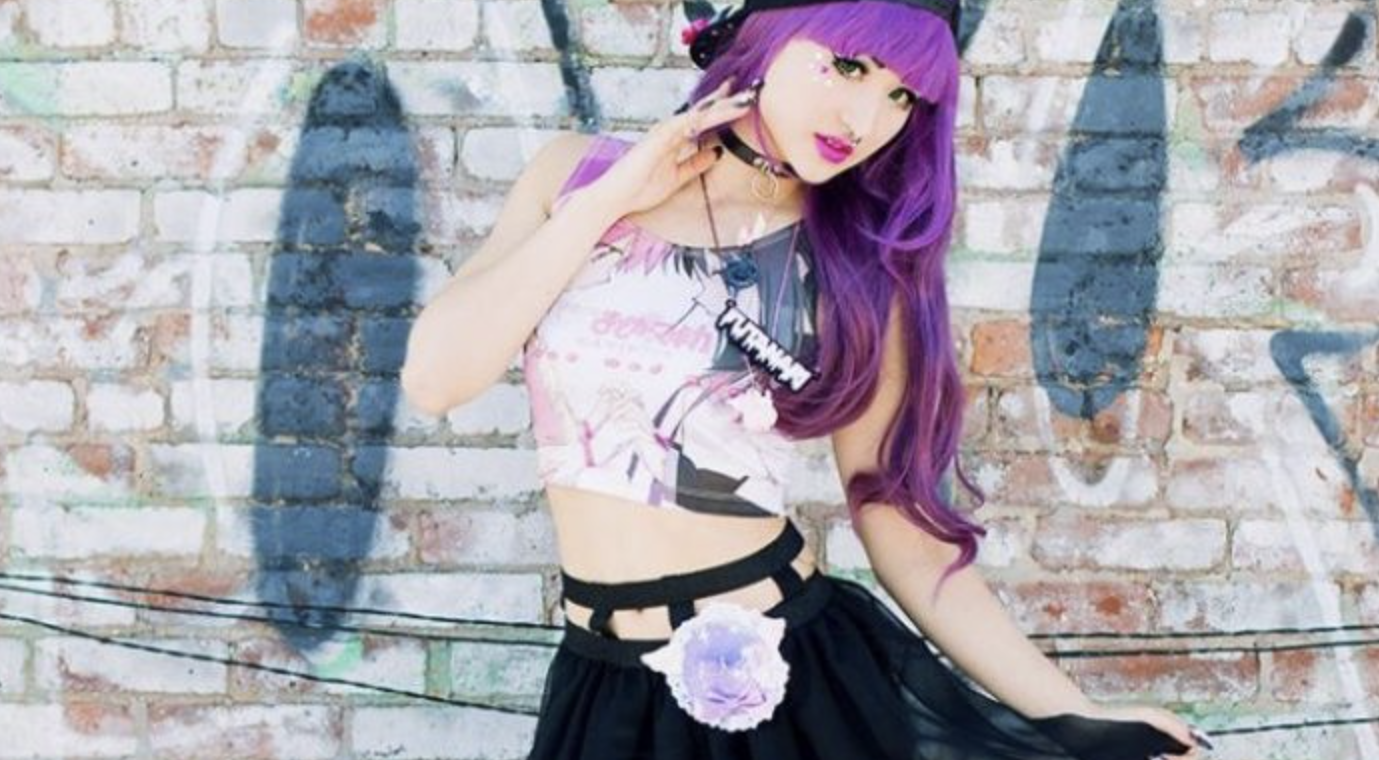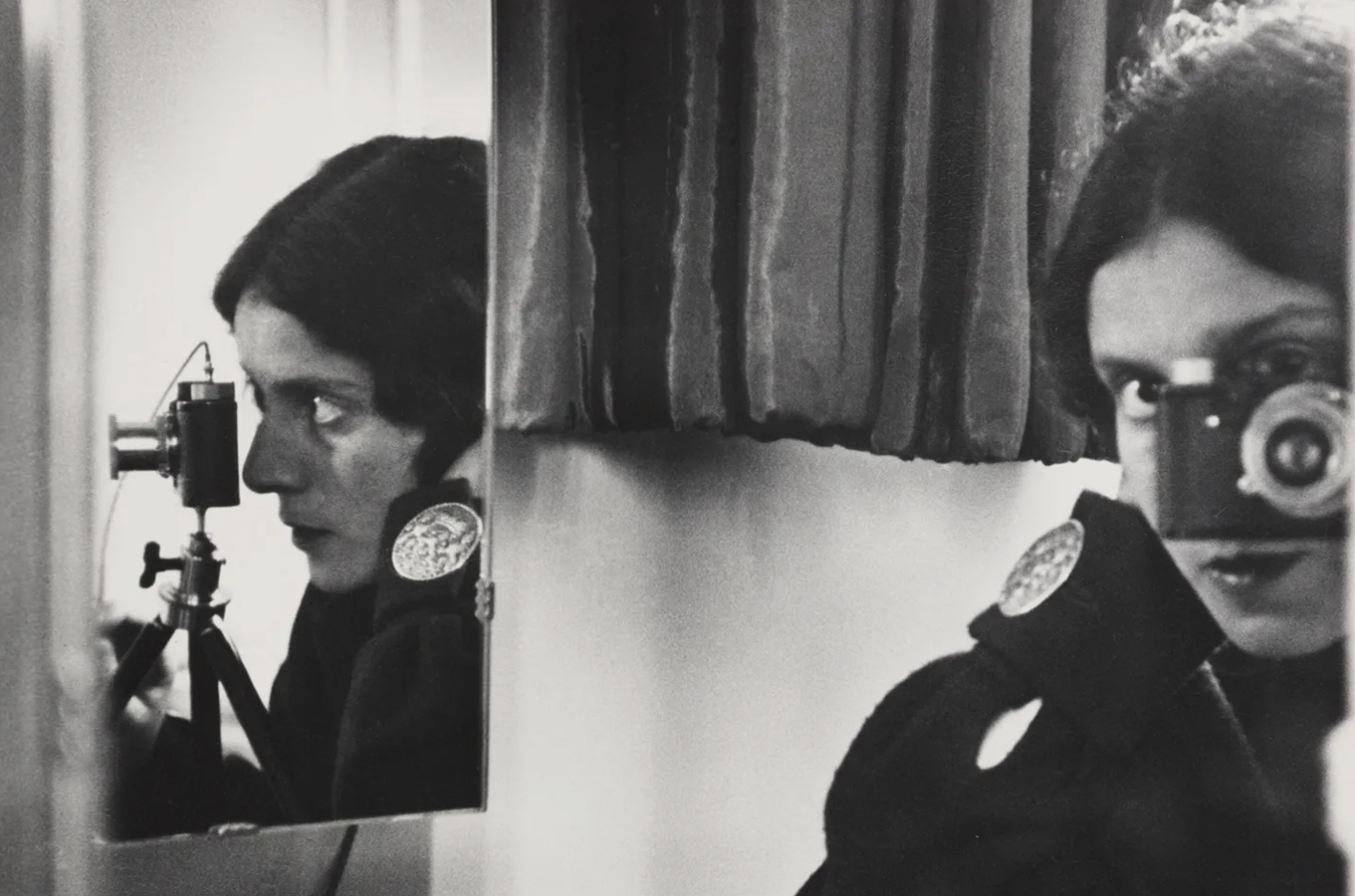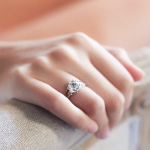The little black dress (LBD) is a wardrobe essential, universally recognized for its simplicity, elegance, and versatility. Much like the dependable pair of jeans or the classic white t-shirt, it’s the go-to piece for a woman who wants to feel chic, comfortable, and effortlessly stylish—whether she’s heading to a party, a dinner, or just wants to feel fashionable on any given day.
But the LBD’s journey from its humble beginnings to a staple in every woman’s closet was far from straightforward. In the early 20th century, black was traditionally reserved for mourning, especially in the daytime, a strict social norm that governed fashion for years. Yet, in the midst of this rigid convention, a revolution was brewing. The LBD, once unheard of, was about to become a groundbreaking fashion statement.
Coco Chanel, the iconic French designer, is often credited with making the LBD a symbol of modern femininity. Chanel disregarded the skepticism surrounding black as a daytime color and transformed it into something effortlessly chic. Her designs were a perfect blend of comfort, elegance, and sophistication, challenging traditional ideas of fashion. Chanel’s rebellion against mainstream fashion became an essential part of her legacy, opening the doors for future designers and providing a visual representation of early feminist ideals. The LBD became a symbol of that rebellion and a staple in women’s wardrobes worldwide.
Over the years, the little black dress evolved, growing in popularity across all social classes and age groups. It became a universally loved garment, embraced by women from various walks of life. Hemlines and necklines shifted, and new techniques like the bias cut began to emerge, thanks to the influence of surrealism and changing times. Fashion was becoming more inclusive, with fabrics ranging from luxurious silk chiffon to more accessible rayon and wool. The LBD evolved for every season, adapting to the fashion trends of the moment, and began to be available in a wide range of shops, moving from the realm of haute couture to off-the-rack accessibility.
By the 1950s and 1960s, pop culture and the rise of technology began to significantly influence fashion. Pop art made high-style fashion more accessible, bringing glamour to the masses. Mass production of fashion garments, including the LBD, took over as couture became less dominant. As designers adapted to the demand for affordable yet stylish clothing, they collaborated with chain stores, making fashionable designs available to a broader audience.
The music world also played a major role in shaping fashion during this time. The 1970s saw the rise of punk and goth subcultures, both of which had a direct influence on the evolution of the LBD. Ripped, distressed fabric adorned with zippers, safety pins, and fishnet became common, and the LBD was no longer just for formal occasions—it became a canvas for self-expression. Women began to personalize their dresses, turning the LBD into something that reflected their personality and style.
The 1980s ushered in a bold, dramatic take on the LBD. Shoulder pads, exaggerated silhouettes, and a mix of materials made the LBD even more powerful in its presence. Unisex fashion also gained traction, allowing for more androgynous looks and further diversifying the way the LBD was worn. Women were inspired by famous actresses and musicians, creating their own iconic looks inspired by pop culture.
In the 1990s, music and fashion became even more intertwined. Grunge dominated the scene, with slip dresses becoming a go-to everyday outfit. Thrift stores were bustling with activity as the DIY culture flourished. The fashion world took notice of this shift, and soon slip dresses and babydoll dresses became incredibly popular. The Kinder Whore and Gothic Lolita trends further influenced the LBD’s evolution, marking another shift in its ever-changing style.
Today, the little black dress continues to be an enduring symbol of timeless elegance and creativity. It remains a versatile and essential item for every woman’s wardrobe, adapting to modern trends while staying true to its classic roots. From its humble beginnings to its status as a fashion icon, the LBD is a testament to the lasting impact of a simple yet revolutionary design. Its evolution reflects the changing tastes, social movements, and cultural shifts of each era, and it’s clear that the little black dress will continue to remain a beloved piece for generations to come.

